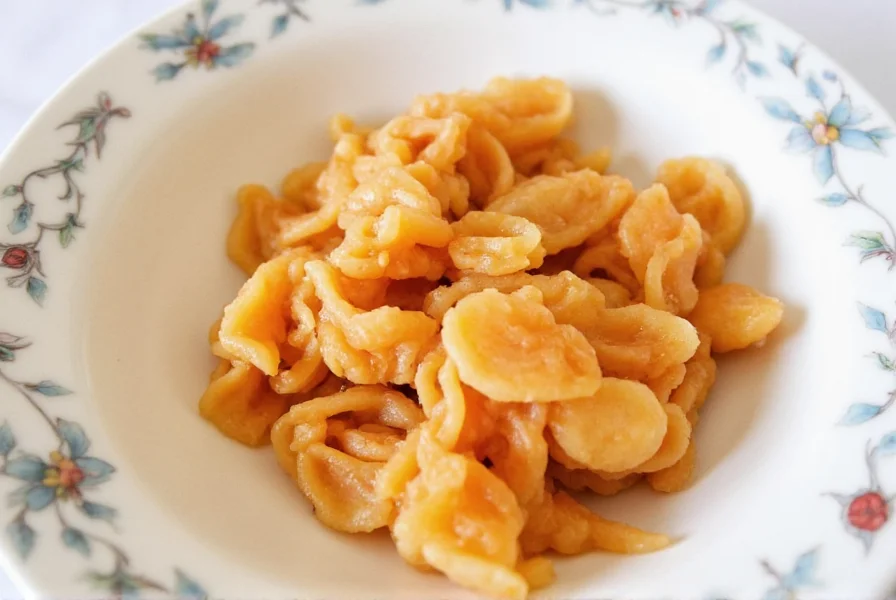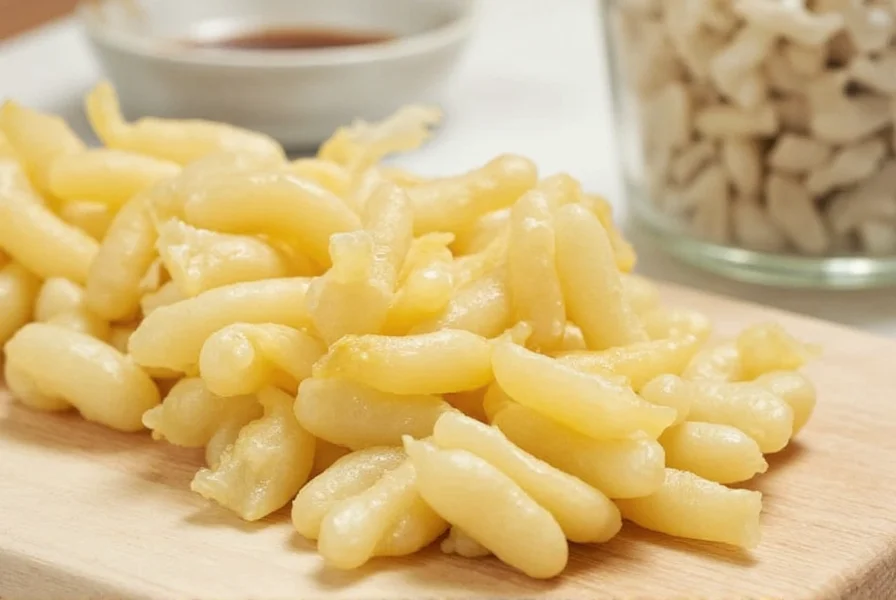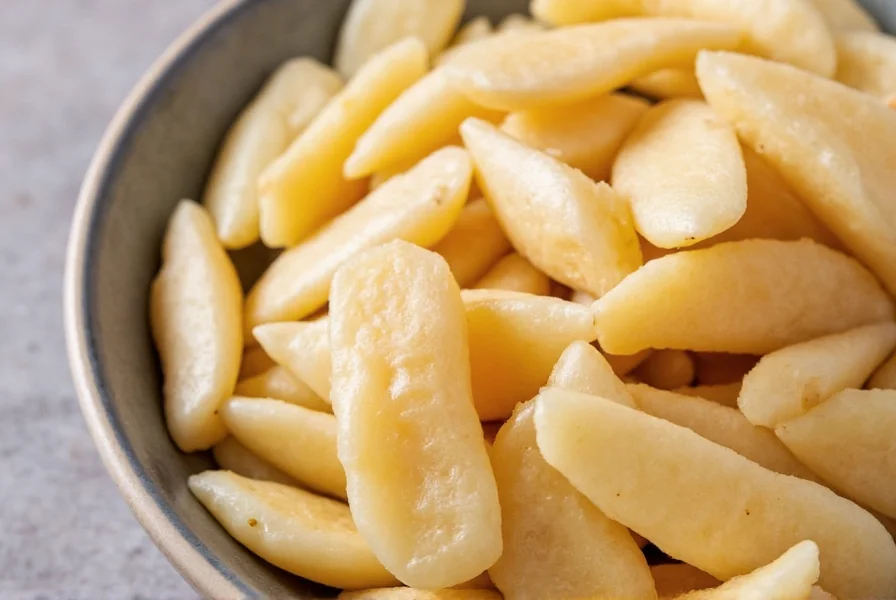Pickled ginger plays an essential role in the traditional sushi dining experience, yet many diners misunderstand its proper use. This guide explores everything you need to know about gari—its cultural significance, proper consumption etiquette, and how to identify quality product.
The Cultural Significance of Gari in Sushi Tradition
Gari originated in Japan as a practical solution for enhancing the sushi experience. Sushi chefs noticed that the sharp, clean flavor of pickled ginger effectively resets the palate between different fish varieties. This allows diners to fully appreciate subtle flavor differences in each piece of nigiri or sashimi.
Historically, ginger served multiple purposes in Japanese cuisine. Its natural antibacterial properties helped preserve food before refrigeration, while its digestive benefits complemented raw fish consumption. Over time, sushi chefs refined the pickling process specifically for sushi service, creating the delicate gari we know today.
Gari vs. Beni Shoga: Understanding the Difference
Many people confuse gari with beni shoga, but these two Japanese ginger preparations serve distinct purposes:
| Characteristic | Gari | Beni Shoga |
|---|---|---|
| Ginger Type | Young, tender ginger | Mature ginger |
| Color | Pale pink (natural or from sushi rice) | Bright red (from red shiso) |
| Sweetness Level | Moderate to high | Low |
| Primary Use | Palate cleanser with sushi | Garnish for dishes like yakisoba or gyudon |
| Texture | Crisp and tender | Firmer, more fibrous |
Understanding the difference between gari and beni shoga helps you appreciate why sushi restaurants serve the specific pale pink variety rather than the brighter red pickled ginger commonly seen in other Japanese dishes.
Proper Sushi Ginger Etiquette: How to Eat It Correctly
Many diners make the mistake of placing pickled ginger directly on their sushi or mixing it into soy sauce. This practice actually defeats gari's purpose. Follow these guidelines for authentic sushi dining:
- Eat a small piece of gari between different types of sushi, not with the sushi
- Use your fingers (not chopsticks) to pick up the ginger
- Consume it separately to cleanse your palate
- Avoid mixing it into soy sauce, which creates an unbalanced flavor
- Start with lighter fish (like flounder) and progress to stronger flavors (like mackerel)
Following proper sushi ginger etiquette enhances your dining experience by allowing you to fully appreciate each fish variety's unique characteristics. The clean, slightly sweet flavor resets your taste buds, making each subsequent piece of sushi taste fresh.

How to Make Authentic Gari at Home
Creating homemade pickled ginger for sushi requires just a few ingredients and some patience. The traditional method produces superior flavor and texture compared to store-bought versions.
Basic Gari Recipe
Ingredients:
- 200g young ginger (skin on)
- 100ml rice vinegar
- 80g sugar
- 10g salt
- Optional: 1 small beet for natural coloring
Instructions:
- Peel ginger and slice paper-thin using a mandoline
- Soak slices in cold water for 30 minutes to reduce sharpness
- Drain and pat dry thoroughly
- Combine vinegar, sugar, and salt in a saucepan
- Heat until sugar dissolves (do not boil)
- Cool mixture completely
- Place ginger in sterilized jar and pour liquid over
- Seal and refrigerate for at least 3 days before use
The waiting period allows flavors to develop properly. Authentic how to make pickled ginger for sushi at home requires this curing time—rushing the process yields inferior results. Properly stored in the refrigerator, homemade gari lasts 2-3 months.
Health Benefits of Sushi Ginger
Beyond its culinary role, gari offers several health benefits of pickled ginger for sushi. Ginger contains gingerol, a bioactive compound with anti-inflammatory and antioxidant properties. The pickling process preserves many of these beneficial compounds while making them more bioavailable.
Research suggests that ginger may:
- Aid digestion by stimulating saliva and bile production
- Reduce nausea and motion sickness
- Provide antimicrobial effects that complement raw fish consumption
- Contain compounds that may help reduce muscle pain
While enjoying gari in moderation as part of a sushi meal won't provide medicinal effects, its inclusion in traditional Japanese cuisine reflects centuries of understanding food's functional properties.
Identifying Quality Pickled Ginger
When evaluating what makes good pickled ginger for sushi, consider these quality indicators:
- Color: Should be pale pink (from natural reaction with sushi rice vinegar, not artificial dye)
- Texture: Crisp but tender—never mushy or tough
- Flavor balance: Sweet and sour in harmony, with ginger flavor present but not overwhelming
- Appearance: Uniform thin slices without browning
- Storage: Should be refrigerated; shelf-stable versions often contain preservatives that affect quality
Premium sushi restaurants often make their gari in-house, which typically results in superior flavor and texture compared to mass-produced versions. When shopping for best pickled ginger for sushi, look for products with minimal ingredients and no artificial colors.

Frequently Asked Questions
Why is sushi ginger pink?
Authentic gari develops a natural pale pink color through a chemical reaction between the young ginger's enzymes and the vinegar in sushi rice. Some producers add a small amount of beet juice or use red shiso for color, but artificial dyes indicate lower quality product.
Can I use regular pickled ginger for sushi?
Regular pickled ginger (beni shoga) has a stronger flavor and brighter red color that would overwhelm delicate sushi flavors. True gari uses younger ginger with a milder taste specifically designed as a palate cleanser between different fish varieties.
How long does homemade pickled ginger last?
Properly stored in an airtight container in the refrigerator, homemade gari maintains optimal quality for 2-3 months. The flavor continues developing for the first week, then gradually diminishes after the two-month mark. Always use clean utensils to prevent contamination.
Should pickled ginger be refrigerated?
Yes, authentic gari should always be refrigerated. Shelf-stable versions typically contain additional preservatives that compromise flavor and texture. Proper refrigeration maintains the crisp texture and prevents bacterial growth, especially important when serving with raw fish.











 浙公网安备
33010002000092号
浙公网安备
33010002000092号 浙B2-20120091-4
浙B2-20120091-4